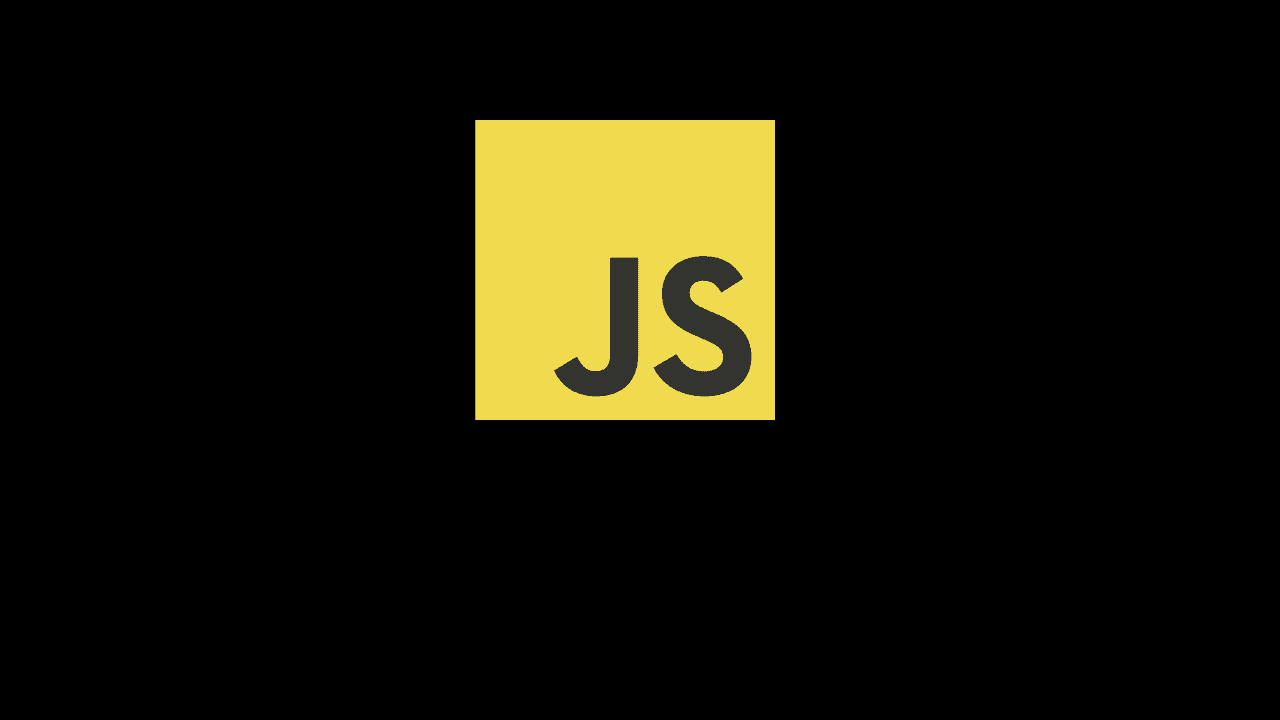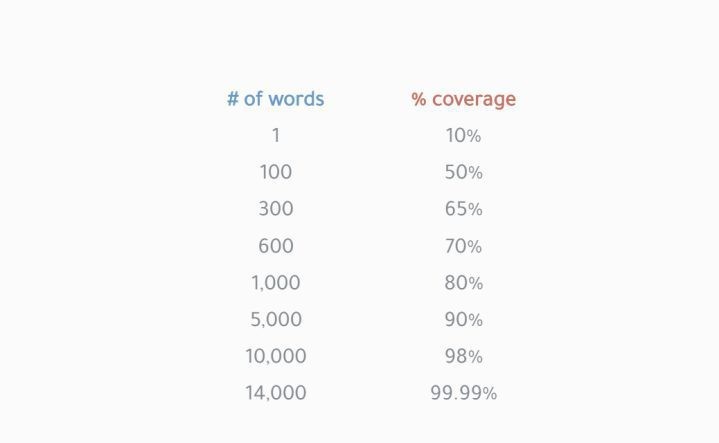
Top 15 JavaScript machine learning libraries
The extreme growth in new technologies in the field of machine learning has helped software developers build new AI applications in ways easier than ever.
In the present day, most AI enthusiasts leverage Python frameworks for AI & machine learning development.
But looking around, one may also find that JavaScript-based frameworks are also being implemented in AI.
This interesting intersection led us to explore and experiment with the odd possibilities of using Javascript and Machine Learning together.
Sharing from our research, Here are some neat JavaScript machine learning libraries that bring Javascript, Machine Learning, DNN, and even NLP together. Take a look.
1. Tensorflow.js
Tensorflow.js in 2019 has become the bread and butter for all Machine Learning Javascript projects due to its comprehensive linear algebra core and deep learning layers.
It has rapidly caught up with its Python sister in the number of supported APIs and almost any problems in Machine Learning can be solved using it at this point.
Tensorflow.js can be used directly in the browsers while leveraging WebGL for accelerations.
The Tensorflow.js model of supporting both browsers and Node.js environments has been adopted by many open-source libraries including brain.js and machinelearn.js.
Pros
- It has better computational graph visualizations.
- It has the advantage of seamless performance, quick updates and frequent new releases with new features.
- It can be deployed on a gamut of hardware machines, starting from cellular devices to computers with complex setups.
- Tensorflow is highly parallel and designed to use various backends software (GPU, ASIC), etc.
Cons
- No support for Windows
- Missing Symbolic Loops
- No GPU support other than Nvidia and only language support
2. brain.js
Brain.js is a Javascript library for Neural Networks replacing the (now deprecated) “brain” library, which can be used with Node.js or in the browser (note computation ) and provides different types of networks for different tasks.
Pros
- It is great for quickly creating a simple Neural Networks (NN) in a high-level language where you can take advantage of the huge number of open source libraries.
- With a good dataset and a few lines of code, you can create some really interesting functionality.
- It has the ability to run on client-side javascript.
Cons
- It limits your network architecture to a point where you can only do simple applications
- There isn’t much of a possibility for softmax layers or other structures.
3. ml.js
ml.js is a comprehensive, general-purpose JavaScript ML library for browsers and Node.js.It provides straightforward and mission-critical models and utilities for supervised and unsupervised problems. Focusing on the simplicity and all-in-one general-purpose machine learning for Javascript and Typescript developers, it provides clustering, decomposition, ensemble, bagging, linear models, feature extractions and more.
Pros
- It allows Bit operations on arrays, hash tables, sorting, random number generation.
- It offers routine for linear algebra, array manipulation, and optimizations.
- It supports cross-validation.
Cons
- It has limited support for hardware acceleration.
- It does not have default access to the file system in the browser host environment.
4. stdlib
stidlib is the fastest, easiest way to build infinitely scalable, self-healing APIs. Standard Library is based on Function as a Service (“serverless”) architecture, initially popularized by AWS Lambda. You can use Standard Library to build modular, scalable APIs for yourself and other developers in minutes without having to manage servers, gateways, domains, write documentation, or build SDKs. Your development workflow has never been easier – focus on writing code you love, let Standard Library handle everything else.
Pros
- Easy API sharing and access control.
- Auto-generated documentation.
- Comprehensively tested utilities for application and library development.
- High performance, rigorous, and robust mathematical and statistical functions
Cons
- No support for computing the inverse hyperbolic secant.
- No support for creating project builds which do not include runtime assertions.
5. ConvNetJS
ConvNetJS is another library for neural networks and deep learning. It enables training neural networks in browsers. In addition to classification and regression problems, it has the reinforcement learning module (using Q-learning) that is still experimental. ConvNetJS provides support for convolutional neural networks that excel in image recognition.
Pros
- Formulate and solve Neural Networks in Javascript
- Training Deep Learning models (Neural Networks) entirely in your browser
- No compilers, No installations
Cons
- difficult to manage and lacks simplicity for beginners who want to use it.
- its processing is sometimes slower than in other tools equal to this.
6.Neataptic
Neataptic offers flexible neural networks; neurons and synapses can be removed with a single line of code. No fixed architecture is required for neural networks to function at all. This flexibility allows networks to be shaped for your dataset through neuro-evolution, which is done using multiple threads.
Pros
- The ability of Multi-threading / GPU acceleration
- The visualization of neuron activations
- Adaptive learning rates (per connection)
Cons
- It has a relatively poor performance.
- It is no longer maintained.
7. Synaptic
Synaptic implements a general “architecture free” algorithm that can be used to create a wider range of network types than usually encountered. It comes with some predefined networks – multilayer perceptrons, multilayer long-short term memory networks, liquid state machines, and so on.
Pros
- Ability to create second-order and recurrent networks.
- It comes with some predefined networks.
Cons
- It is not actively maintained anymore.
- Its run time is slow compared to other libraries
8. KERAS.JS
Keras has become the leading neural network library for the creation and preparing of profound learning models over a huge scope of platforms. Written in Python and boasting more than 250,000 individual clients, it is the second most prominent deep learning structure after TensorFlow.
Pros
- It has the ability to run Keras models in programs.
- Ability to exploit the GPU (Graphics Processing Unit) support given by WebGL 3d-designs API.
- Models can be trained in any backend.
Cons
- It only runs in the CPU (Central Processing Unit) mode.
- It only handles high-level API which runs on top other frameworks.
- It’s not very useful if you want to make your own abstract layer for your research purposes
9. Math.js
Mathjs is a library for all math needs in JavaScript with broad linear algebra APIs including matrix operations and core math. It is very lightweight as it doesn’t rely upon other increasing acceleration techniques, for example, WebAssembly or WebGL.
Pros
- Contains a flexible expression parser.
- Can be used as a command-line application as well
- Comes with a large set of built-in functions and constants
- Does symbolic computation
Cons
- it is not so specialized and therefore does not include functions included in other libraries focused on other areas.
- The run time is relatively slow.
10. Limdu.js
Limdu.js is a machine learning framework for Node.js that supports Binary classification, multi-label classification, feature engineering, online learning, and real-time classification. It is currently in alpha state and looking for contributors.
Pros
- Ability to Serialise and deserialise
- Mutli-label classification.
- It also supports Binary classification
Cons
- Low contributions.
- Easy mutation of datasets.
11. Neuro.js
Neuro is a library for developing and training ML models in JavaScript, and deploying in the browser or on Node.js.It also helps in building AI assistants and chat-bots.
Pros
- It supports Multi-label classification.
- online learning
- also supports real-time classification.
Cons
- It doesn’t support web workers.
- No LSTM and backpropagation through time.
12. Deeplearn.js
deeplearn.js is an open-source hardware-accelerated JavaScript library for machine intelligence. deeplearn.js brings performant machine learning building blocks to the web, allowing you to train neural networks in a browser or run pre-trained models in inference mode.
Pros
- It allows ML to be implemented using Javascript via the WebGL Javascript API.
- It can use hardware accelerators such as GPUs via the webGL to perform faster and excellent computations with 2D and 3D graphics.
- Ability to perform faster inference, along with full backpropagation.
Cons
- It requires expensive GPUs.
- It is extremely expensive to train due to complex data models
13. Apache MXNetjs
MXNetJS is the Apache MXNet Javascript package. MXNetJS brings state of art deep learning inference API to the browser. It is generated with Emscripten and MXNet Amalgamation.
MXNetJS allows you to run the prediction of state-of-art deep learning models in any computational graph and brings the fun of deep learning to the client-side.
Pros
- XNet contains a dynamic dependency scheduler
- MXNet is portable and lightweight,
- Can scale effectively on multiple GPUs and multiple machines
Cons
- It has a much smaller community behind it compared with Tensorflowjs;
- It’s not so popular among the research community.
14. Synapses
Synapses is a lightweight Neural Network library, for js, JVM and .net. It features fitNetwork which is a new neural network trained with a single observation.
pros
- easily create a neural network
- Can Create a customized neural network
Cons
- Relatively new – launched two days ago at the time of writing this article
- Not much Documentation available
15. Compromise
compromise is a javascript library that interprets the and parses text. and makes some reasonable decisions. compromise works by compressing a large list of words and then expanding them at runtime.
Pros
- fast-enough to run on keypress
- it is small, quick, and usually good enough.
Cons
- Relatively new
- Not much Documentation available
Conclusion
In this article, we look at 15 best Opensource JavaScript machine learning libraries to extend JavaScript’s capabilities.
Further, As a developer having and using the right JavaScript machine learning Libraries will help you in the quest for putting together an algorithm that will tap into the strengths and capabilities of the machine learning project of your choice.
This article is just a tip of the JavaScript machine learning libraries iceberg, there is a lot more to cover in future articles.













